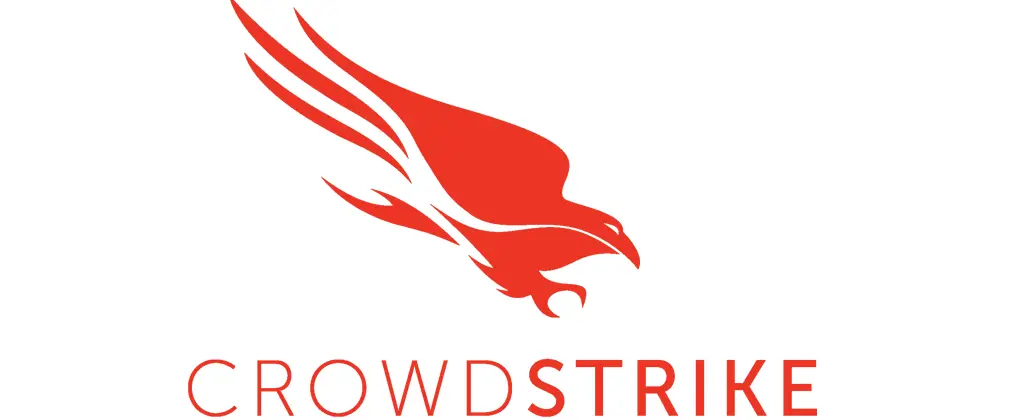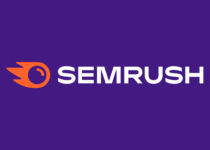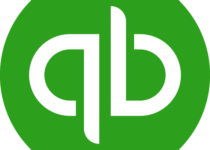Top 10 Pfizer Competitors In 2023
Pfizer is the largest pharmaceutical company in the world. Headquartered in New York City, the American multinational pharmaceutical company develops and produces medicines and vaccines for a number of medical fields. These include neurology, endocrinology, cardiology, oncology, and immunology. Some of its medical brands include Accupril, Adenosine, Busulfan, Genotropin, Flagyl, Eraxis, Mannitol, and Medrol. Pfizer was founded in 1849 by Charles Pfizer and Charles F. Erhart, his cousin. Its citric acid product helped it grow immensely though it also manufactured santonin, an antiparasitic. The company grew and expanded over the years. Today, it has 88,300 employees. Pfizer’s revenue for 2019 was $51.75 billion.
| NAME | Pfizer Inc. |
| HEADQUARTERS | New York City, New York |
| FOUNDED | 1849 |
| SIC CODE | 2834 |
| STATUS | Public |
| INDUSTRY SECTOR | Pharmaceutical manufacturing |
| EMPLOYEES | 88,300 |
| TRADING SYMBOL | NYSE: (PFE) |
Pfizer similar companies:
Merck & Co., Novartis AG, Bristol-Myers Squibb, Roche, GlaxoSmithKline, Amgen, Takeda Pharmaceutical, Bayer, Eli Lilly & Company, and Cipla.
How Pfizer Makes Money
Pfizer is among the top pharmaceutical companies in the world. The company develops and produces medicine and vaccines for a number of medical fields such as neurology, endocrinology, cardiology, oncology, and immunology. It reported a revenue turnover of $51.75 billion in 2019. Pfizer made its revenue from three primary business segments; Global Innovative Pharmaceutical, Global Vaccines, Oncology & Consumer Healthcare, and Global Established Pharmaceuticals.
Global Innovative Pharmaceutical
Pfizer develops and produces novel patented medicine which it sells to hospitals and pharmacies. Revenue from the sale of such medicines is categorized under the Global Innovative Pharmaceutical segment. They include medicines used in the treatment of rare diseases, neuroscience and pain, cardiovascular and metabolic conditions, and inflammation. Some of the leading brands in the segment include Lyrica, Xeljanz, and Eliquis.
Global Vaccines, Oncology & Consumer Healthcare
In this segment, Pfizer makes money from the production and sale of vaccines, oncology products, and consumer healthcare products that are sold over the counter. Some of the company’s leading oncology products include Bosulif, Xalkori, and Inlyta. Its leading over the counter medicines are Centrum and Advil. Pfitzer also makes money from licensing its brand to partners who develop and sell Pfizer-branded products.
Global Established Pharmaceuticals
In this last segment, Pfizer earns revenue from the sale of generic pharmaceuticals, off-patented products, and products that are almost losing patent protection. Some of the leading products in this segment are Norvasc, Lipitor, Viagra, and Celebrex. The company also sells biosimilar and injectable products.
Merck & Co.
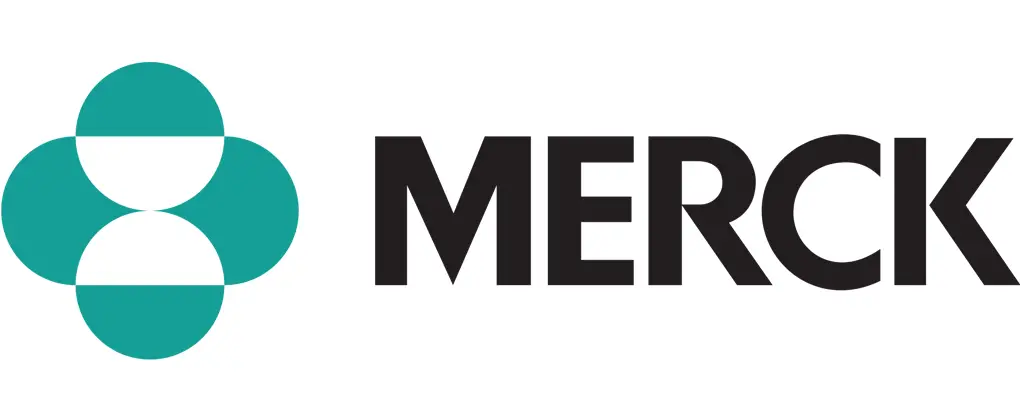
Merck & Co. was established in 1891 by Theodore Weicker as a subsidiary company of German pharmaceutical company Merck. It started operating as an independent company in 1971. The company only operates under the brand name Merck in the US and Canada while using MSD in other markets. It has its headquarters in Kenilworth, New Jersey. Merck & Co. develops and produces pharmaceuticals, vaccines, and animal health products. Some of its popular brands include Gardasil, Zocor, Singulair, and Propecia. As of 2019, the company had 71,000 employees and $46.8 billion in revenues.
Both Merck & Co. and Pfizer are giants in the pharmaceutical industry. While Merck & Co. has been on accelerated revenue growth in the past few years, Pfizer hasn’t had any significant growth. In fact, it has been on a decline since the patent protection for Lyrica lapsed. Merck also has a bigger portfolio for cancer drugs than Pfizer. The company currently is the largest pharmaceutical company in the world, but Merck is fast bridging the gap.
Novartis AG
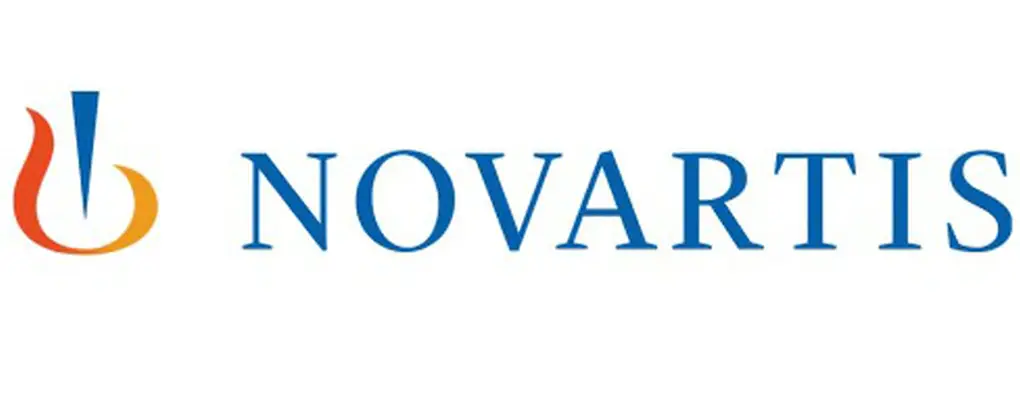
Sandoz and Ciba-Geicy merged in 1996 to form Novartis. Headquartered in Basel, Switzerland, it is among the largest pharmaceutical companies in the world. The company develops both pharmaceutical and oncology products. Some of Novartis’ popular brands include Voltaren, Clozaril, Diovan, Tegretol, Glivec, Neoral, Lamisil, Femara, and Exjade. The company has full membership to EFPIA, IFPMA, and PhRMA. In 2019, Novartis made $48.67 billion in revenues in had 103,914 employees.
FiercePharma, a medical publication, projects Novartis to become the worlds leading pharmaceutical company by 2024. Other publications predict that could happen as early as 2022. Last year, the company acquired Medicines Co. and added its experimental drug Inclisiran to its already impressive list of cancer, macular degeneration, and multiple sclerosis best-seller drugs. But Pfizer is also not going to give up the top spot without a fight. Its cancer drug, Ibrance, is expected to be among the top five cancer drugs by 2022. Its autoimmune-disease drug Xeljanz is also receiving positive projections.
Bristol-Myers Squibb
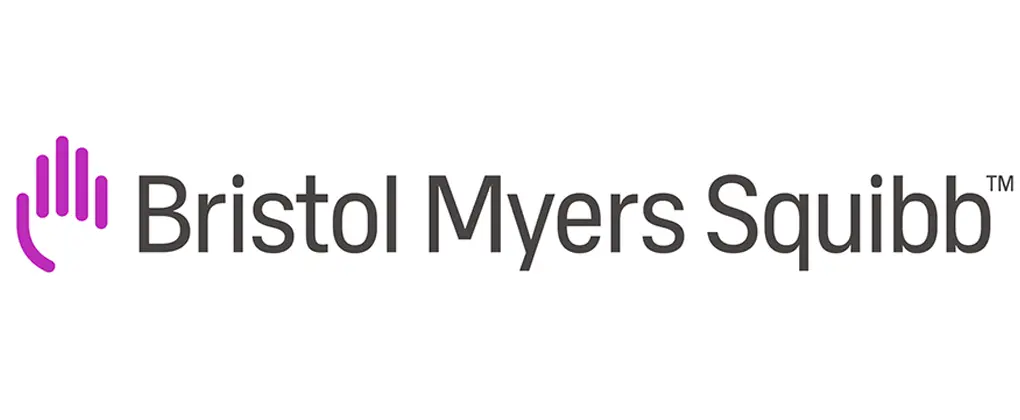
William McLaren Bristol and John Ripley Myers established Bristol, Myers & Company in 1887 after purchasing the Clinton Pharmaceutical company. After the death of Myers in 1899, Bristol, Myers & Company was renamed Bristol-Myers Corporation. The company was then rebranded to Bristol-Myers Squibb after merging with Squibb in 1989. Headquartered in New York City, Bristol Myers Squibb develops and produces prescription drugs and biologics used in several therapeutic areas such as cancer, diabetes, cardiovascular diseases, hepatitis, rheumatoid arthritis, psychiatric disorders, and HIV/AIDS. As of 2019, Bristol-Myers Squibb had 30,000 employees and a revenue turnover of $26.14 billion.
Bristol-Myers Squibb made about half of what Pfizer earned in 2019. But its growth in recent years has been massive, jumping from $22.56 billion in 2018 to $26.14 in 2019. Its strength in the industry is not lost on Pfizer. In 2007, the two companies partnered to develop and produce apixaban. It is an anticoagulant drug that was discovered by Bristol-Myers Squibb. There have also been rumors of an intention by Pfizer to acquire Bristol-Myers Squibb.
Roche
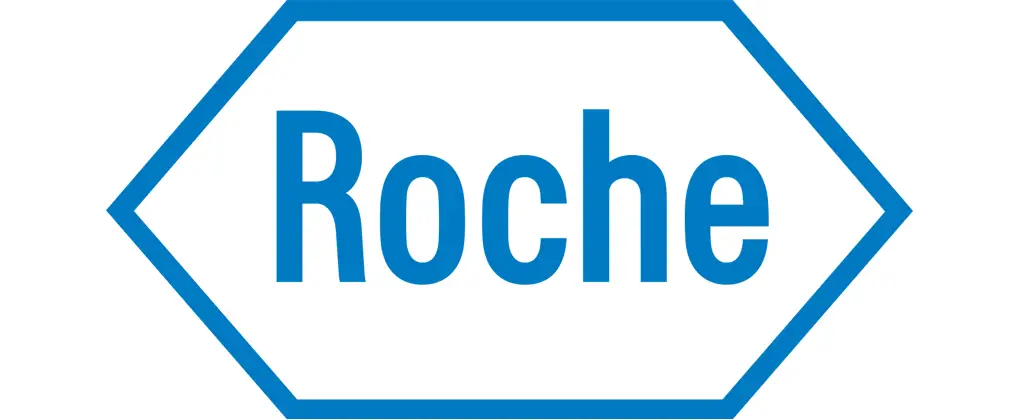
Roche was founded by Fritz Hoffmann-La Roche in 1896. It became known for manufacturing vitamin preparations and derivatives. Roche was the first company to do mass production of synthetic vitamin C in 1934 and also the first to introduce benzodiazepine tranquilizers in 1957. Headquartered in Basel, Switzerland, Roche operates pharmaceutical and diagnostic business divisions. It is the world’s leading biotech company with 17 biopharmaceuticals for better-targeted therapies. The company made $64.16 billion in revenues in 2019 and had 97,735 employees.
Roche made more revenue than Pfizer in 2019. But that’s because, besides its pharmaceuticals business, it also runs diagnostics. Roche was named the second-most valuable pharma brand by Brand Finance. Pfizer came in at 6th place. But Pfizer isn’t going down without a fight. Earlier this year, it rolled out three biosimilars to Roche’s cancer drugs.
GlaxoSmithKline

GlaxoSmithKline (GSK) was established in 2000 after Glaxo Wellcome merged with SmithKline Beecham. It is headquartered in Brentford, UK. It is among the largest pharmaceutical companies in the world. The company develops and produces pharmaceutical drugs, vaccines, and consumer healthcare products. GSK is credited with developing the first malaria vaccine. Other legacy products by the company include zidovudine, pyrimethamine, mercaptopurine, and amoxicillin. Ad of 2019, the company had 99,437 employees and $43.1 billion in revenues.
GSK is the fifth-largest pharmaceutical company in the world, coming in four places below Pfizer. But last year, the two companies combined their consumer healthcare businesses into a single joint venture with GSK holding a 68% stake. The venture is now the world’s largest portfolio of over-the-counter medicines, supplements, minerals, and vitamins. It will run for three years before it is spun off as a stand-alone company.
Amgen
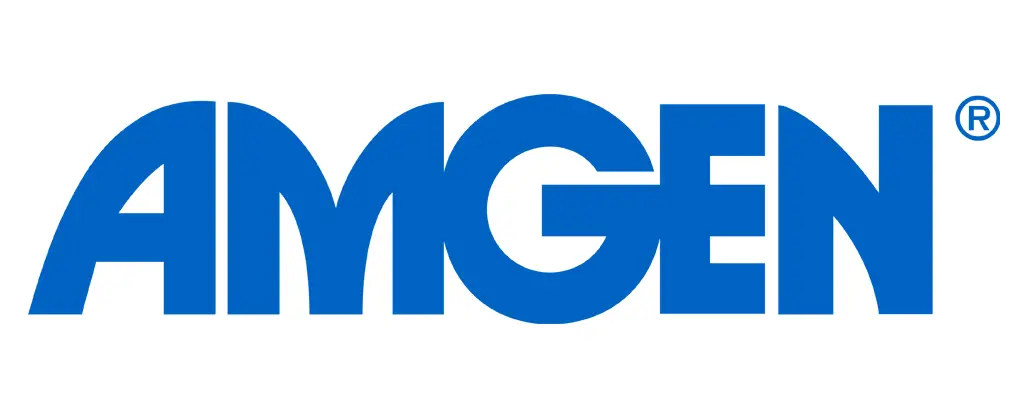
Amgen was founded in 1980 and has grown into one of the leading independent biotechnology companies in the world. It primarily focuses on molecular biology and biochemistry. Some of its best brands include Neulasta, Enbrel, Sensipar, Aranesp, Epogen, XGEVA, Prolia, Vectibix, and Nplate. Neulasta is an immunostimulator used in preventing infections in cancer patients undergoing chemotherapy. Amgen was named the fifth-most innovative Biotech company by Fast Company. Headquartered in Thousand Oaks, California, the company had 23,400 employees and a revenue turnover of $23.36 billion in 2019.
Pfizer is the world’s largest pharmaceutical company. Amgen is one of the heavyweights in the biotechnology space. While Amgen made just about half of what Pfizer made in 2019, their feud runs deeper than just revenues. Earlier this year, Amgen sued Pfizer for patent infringement after Pfizer and its affiliate Hospira made a proposal to produce a biosimilar of its Neulasta drug.
Takeda Pharmaceutical
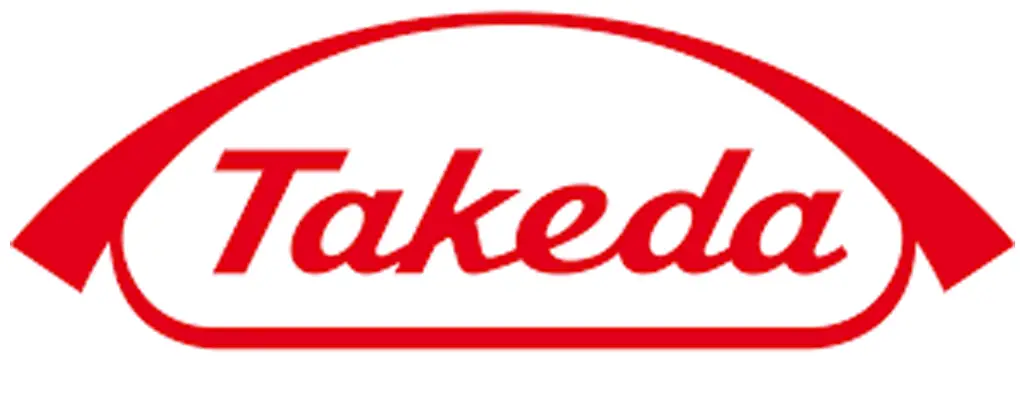
Takeda was founded n 1781 by Chobei I in Doshomachi to sell traditional Chinese and Japanese herbal medicines. It has since grown into one of the largest Asian pharmaceutical companies. The company’s primary focus is on the development and production of biopharmaceuticals. It makes drugs used in the treatment of inflammation, neurology, gastroenterology, and metabolic disorders. It also operates an independent subsidiary company, Takeda Oncology, that produces oncology products. In 2019, Takeda had 49,578 employees and posted a revenue turnover of $18.87 billion.
Until 2013, Takeda was the exclusive distributor of about 15 Pfizer drugs in Japan. While Takeda is one of the pharmaceutical giants in Asia, it has always been in the backdrop on the global stage. But its acquisition of Shire in 2019 propelled it into the top 10 largest pharmaceutical companies in the world. With Pfizer’s stagnant growth, it might want to watch its back.
Bayer
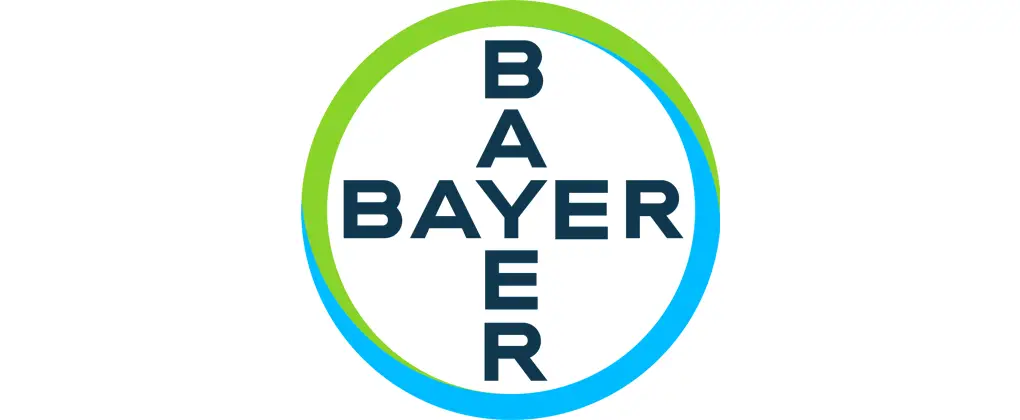
Bayer is one of the leading science companies in the world. It makes pharmaceutical, consumer health, crop science, and animal health products. The company was founded in 1863 and is best known for the production of aspirin. It is also known for prontosil, ciprofloxacin (both antibiotics), and birth control pills Yaz. Bayer is headquartered in Leverkusen, Germany. As of 2019, it had 103,824 employees and a revenue turnover of $48.77 billion.
Bayer is back on the growth path after its revenues took a major plunge in 2017. It is not that far much behind Pfizer in terms of revenue. But Bayer has a more diverse portfolio of products that even include crop science and animal health products. While Pfizer’s growth has stagnated, Bayern also has its fair share of trouble especially regarding the controversy around its Roundup herbicide.
Eli Lilly & Company
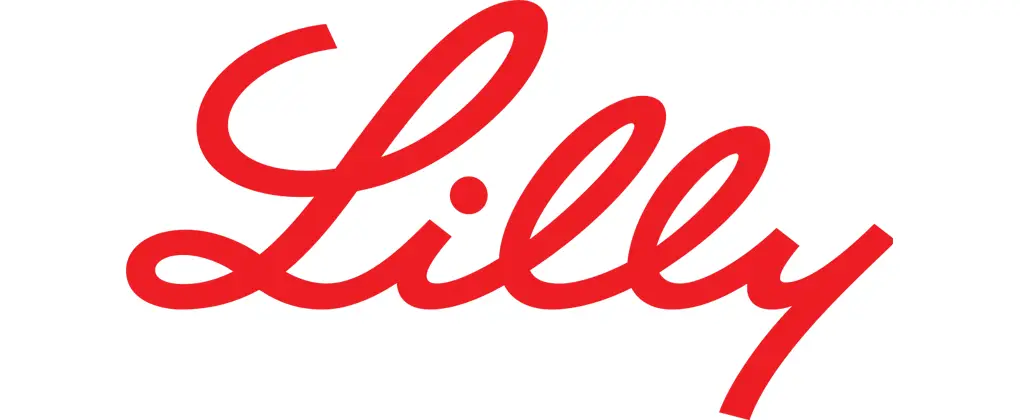
American Civil War veteran Eli Lilly founded Eli Lilly & Company in 1876. It is a pharmaceutical company headquartered in Indianapolis with operations in about 125 countries and regional offices in 18 countries. It is one of the largest pharmaceutical companies in the world. It is credited with the first mass-production of the polio vaccine. Eli Lilly employs 34,000 people globally and had a revenue turnover of $22.31 billion in 2019.
Eli Lilly spun off its animal healthcare division Elanco to focus on pharmaceuticals. It has significantly expanded its product portfolio in neurology, immunology, diabetes, and cancer segments. But just like Pfizer, its growth has been hindered by America’s fierce prescription drug-pricing debate, restructuring after divestitures, and expiring patent issues.
Cipla
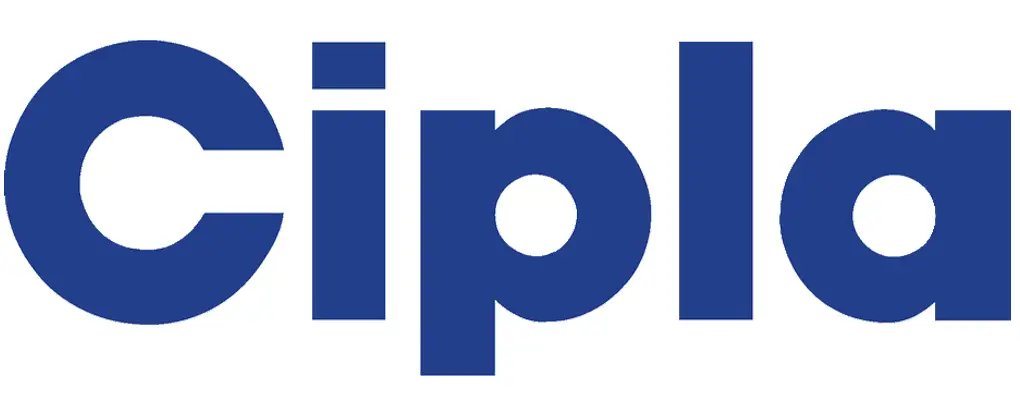
Cipla was founded in 1935 by Khwaja Abdul Hamied. It was originally named The Chemical, Industrial & Pharmaceutical Laboratories before rebranding to Cipla Limited in 1984. The following year, it received approval from the FDA for its bulk drug production facilities. It is credited with producing the first oral iron chelator in the world- Deferiprone. Cipla specializes in producing medicines for mental health conditions, weight control, diabetes, arthritis, respiratory, and cardiovascular diseases. Its primary markets are developing countries. As of 2019, Cipla had 25,000 employees and a revenue turnover of $2.3 billion.
Cipla is India’s third-largest pharmaceutical company. It also has a presence in 80 other countries. But the company primarily makes products targeted at developing countries. Out of the 80 countries it operates in, 52 of them are classified as emerging markets. This explains why its revenue is only a fraction of what Pfizer made in 2019.
Conclusion
The top 10 Pfizer competitors are: Merck & Co., Novartis AG, Bristol-Myers Squibb, Roche, GlaxoSmithKline, Amgen, Takeda Pharmaceutical, Bayer, Eli Lilly & Company, and Cipla. Together, they had a total of 637,888 employees. Their combined revenue for 2019 was $344.48 billion. Novartis is Pfizer’s biggest competitor.
Competitors Stats
| NAME | FOUNDED | HEADQUARTERS | EMPLOYEES |
| Merck & Co. | 1891 | Kenilworth, New Jersey | 71,000 |
| Novartis AG | 1996 | Basel, Switzerland | 103,914 |
| Bristol-Myers Squibb | 1887 | New York City, New York | 30,000 |
| Roche | 1896 | Basel, Switzerland | 97,735 |
| GlaxoSmithKline | 2000 | Brentford, England | 99,437 |
| Amgen | 1980 | Thousand Oaks, California | 23,400 |
| Takeda Pharmaceutical | 1781 | Nihonbashi, Tokyo | 49,578 |
| Bayer | 1863 | Leverkusen, Germany | 103,824 |
| Eli Lilly & Company | 1876 | Indianapolis, Indiana | 34,000 |
| Cipla | 1935 | Mumbai, India | 25,000 |
